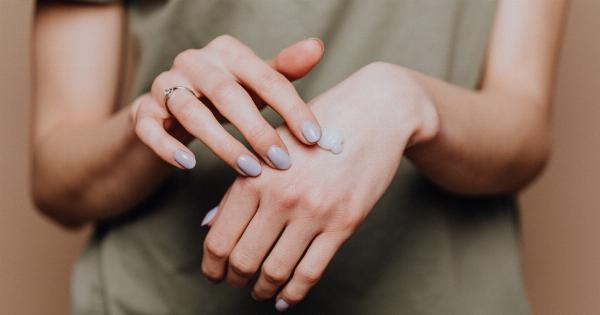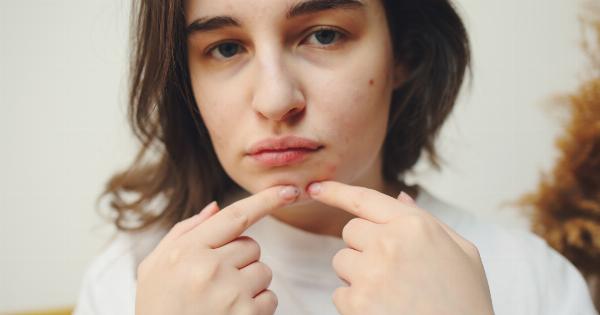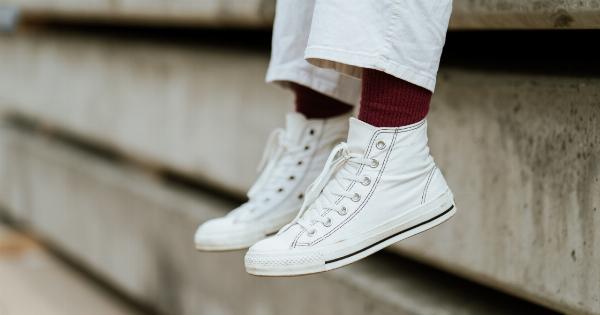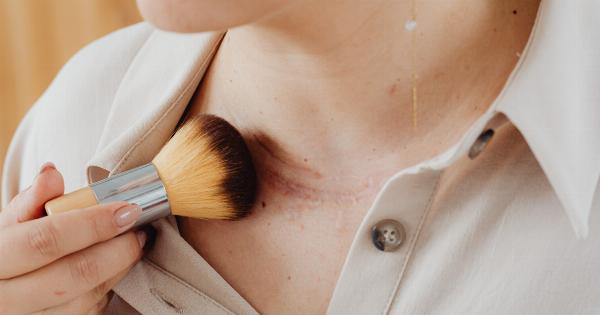For a long time, acne was considered a teenage problem. But nowadays, we’re seeing more and more adults suffering from acne – particularly men.
Hormonal changes, stress, and lifestyle factors are all contributing to this rising trend of male hormonal breakouts. In this article, we take a closer look at this issue and explore some ways in which men can tackle acne head-on.
The Science Behind Male Hormonal Breakouts
To understand why hormonal breakouts are more common in men, we first need to delve into the science of acne. Acne is caused by a build-up of sebum, a type of oil secreted by the sebaceous glands in the skin.
The sebum mixes with dead skin cells and other debris, forming a plug that clogs the hair follicles. Bacteria then thrive in this environment, leading to inflammation and the characteristic pimples, blackheads, and whiteheads that are associated with acne.
Hormones play a crucial role in this process. Androgens, a group of male hormones that include testosterone, stimulate the sebaceous glands to produce more sebum.
This is why adolescent boys tend to have more acne than girls; their bodies are producing higher levels of androgens. But what about men who are long past puberty?.
As men age, their hormone levels naturally fluctuate. Testosterone levels start to decline in the late 20s or early 30s, and this can lead to a relative increase in another hormone called dihydrotestosterone (DHT).
DHT is more potent than testosterone, and it’s been shown to increase the production of sebum.
But it’s not just age-related hormonal changes that can cause male hormonal breakouts. Stress is another major factor. When we’re stressed, our bodies release a hormone called cortisol.
Cortisol can interfere with the normal functioning of the sebaceous glands, leading to an overproduction of sebum. Not only that, but stress can also weaken our immune systems, making us more susceptible to bacterial infections in the skin.
Common Triggers of Male Hormonal Breakouts
Aside from age and stress, there are several other factors that can contribute to male hormonal breakouts. Here are some of the most common:.
Diet
Studies have shown that diets high in refined carbohydrates, dairy products, and saturated fats can increase the risk of acne.
This is thought to be because these foods can increase insulin levels, which in turn triggers the production of androgens and sebum.
Medications
Certain medications can cause acne as a side effect. These include steroids, anti-epileptic drugs, and lithium.
Cosmetics
Using certain types of cosmetics or skincare products can also trigger acne. Look for products that are labeled “non-comedogenic” or “oil-free” if you’re prone to breakouts.
Exercise
While regular exercise is generally good for the skin, some forms of exercise can actually increase the risk of acne. This is because certain types of exercise, such as weightlifting, can increase testosterone levels.
Smoking
Smoking can have a range of negative effects on the skin, including increasing the risk of acne. This is thought to be because smoking can damage the skin’s collagen and impair its ability to heal.
Treating Male Hormonal Breakouts
So, what can be done about male hormonal breakouts? Here are some tips:.
Cleanse Regularly
Keeping the skin clean and free of excess oil is key in managing acne. Use a gentle cleanser twice a day, and avoid scrubbing your skin too hard as this can aggravate acne-prone skin.
Use Topical Treatments
Over-the-counter creams and gels that contain benzoyl peroxide or salicylic acid can be effective in treating acne. These work by reducing inflammation, unclogging pores, and killing bacteria.
See a Dermatologist
If your acne is severe or persistent, it might be time to see a dermatologist. They can prescribe stronger topical treatments or medications, such as retinoids, antibiotics, or oral contraceptives (for women).
Make Lifestyle Changes
Adjusting your diet, quitting smoking, and finding ways to manage stress can all help to reduce the severity of male hormonal breakouts. Regular exercise can also be beneficial, as long as you avoid activities that increase testosterone levels.
The Bottom Line
If you’re a man with acne, you’re not alone. Hormonal breakouts are becoming increasingly common, and there are plenty of ways to tackle this issue.
By understanding the science behind acne, identifying common triggers, and making lifestyle changes, you can help to keep your skin clear and healthy.






























